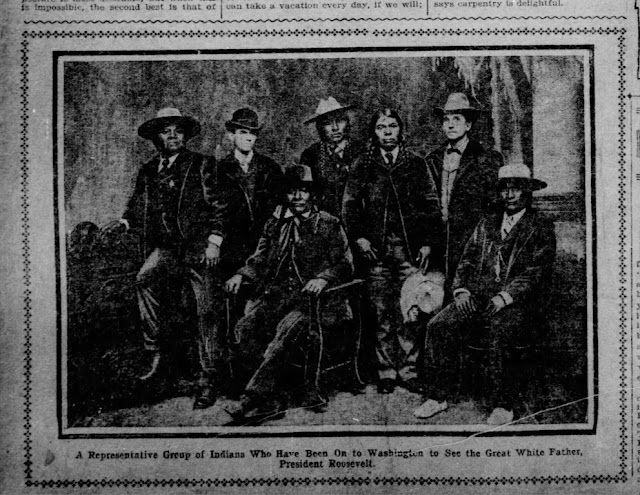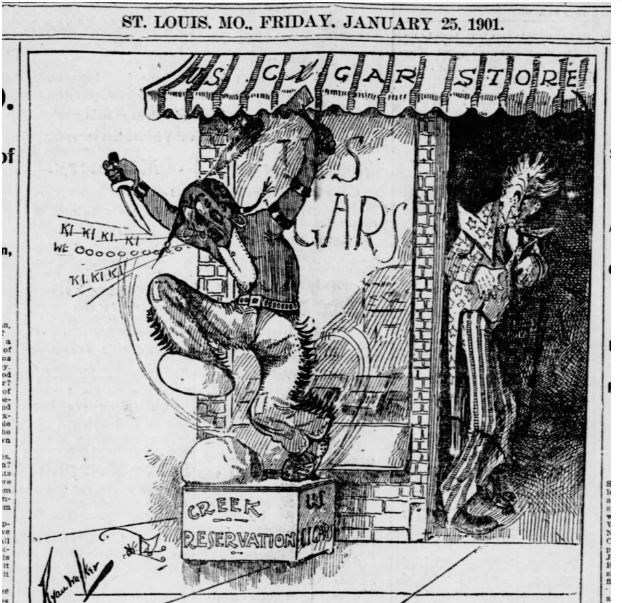Aug 28, 1909 - An explanation of why "squaw" is offensive and "misused by white people?
In 1909, an article explains: "The term 'squaw' is misused by white people. An Indian's squaw is an Indian's woman of low repute. To call an Indian's woman a squaw would be an insult. My sister was once asked to attend a social function among the upper ten in one of the great cities, and the ladies in attendance thought they would ply her with questions. One of the ladies laid particular stress upon the word squaw in her remarks to sister and sister answered her question thusly: 'We squaws never think of having high heels put in the middle of our moccasins. No squaw was ever seen with a poodle in her arms where there ought to be a baby.' " - Source: 1909, Aug 28. The Oshkosh Northwestern Read more about the word "Squaw" - and see the article - by clicking here .


















